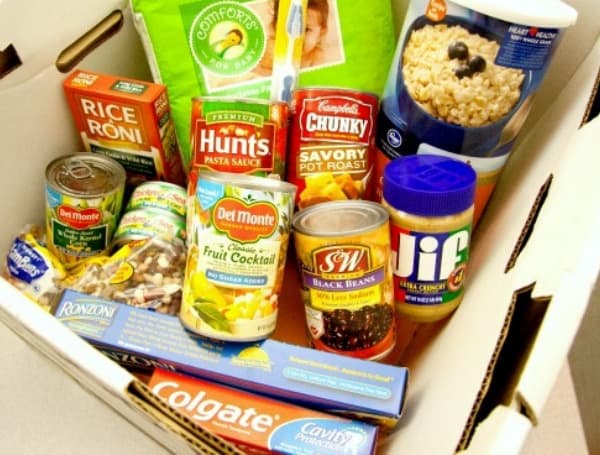The Supplemental Nutrition Assistance Program (SNAP), commonly known as food stamps, plays a vital role in providing food security for millions of low-income Americans.
However, a recent analysis by the Robert Wood Johnson Foundation has revealed that the program’s annual cost-of-living adjustment has done little to offset the soaring costs of food, leaving many SNAP recipients struggling to afford adequate nutrition.
Data from 2023 paints a concerning picture – in the final quarter of the year, a 53-cent gap remained between the $3.37 cost of a modestly priced meal and SNAP’s average maximum benefit of $2.84, a shortfall of 19%.
According to the study, this gap was even more pronounced in urban areas than in rural regions.
Read: Biden’s 9% Inflation Lie Proves To Be Too Much For Even Left-Wing Fact-Checkers
Moreover, the mismatch between SNAP benefits and monthly food costs was substantial throughout the year. In the first three quarters of 2023, SNAP benefits fell short by an average of $58.59 per month. By the end of the year, this gap had narrowed slightly to $49.29, but the disparity remained significant.
The researchers identified stark regional differences in the adequacy of SNAP benefits. The five counties with the largest gaps between the cost of a meal and the maximum SNAP benefit were New York County, New York; Leelanau County, Michigan; Teton County, Idaho; and Dukes County and Nantucket County in Massachusetts.
In these areas, the gap persisted at around 70% throughout the year, underscoring the unique challenges faced by SNAP recipients in high-cost regions.
The analysis revealed that the gap between SNAP benefits and meal costs was consistently wider in urban areas compared to rural regions. This finding suggests that SNAP enrollees living in metropolitan centers, where the cost of living is typically higher, face greater obstacles in affording nutritious and healthy food options.
The researchers conclude that reductions in SNAP funding would further exacerbate the ability of program participants to access affordable, nutritious food. This could have far-reaching implications for the health and well-being of SNAP recipients, potentially leading to increased rates of food insecurity, malnutrition, and chronic health conditions.
Read: Debunking Biden’s “Greedflation” Claim: The Fed Reveals The True Drivers Of Inflation
Addressing the shortcomings of the SNAP program will require a concerted effort from a range of stakeholders, including policymakers, researchers, community organizations, and SNAP recipients themselves. Advocating for policy changes, engaging in public discourse, and fostering collaborative solutions will be crucial in bridging the gap between SNAP benefits and the true cost of maintaining a healthy diet.
Beyond the SNAP program, there is a broader need to examine the effectiveness of the entire social safety net in providing comprehensive nutrition assistance to low-income individuals and families. This may involve exploring complementary programs, strengthening partnerships with local food banks and community organizations, and developing innovative approaches to address the multifaceted challenges of food insecurity.
The findings of this study must be considered within the broader context of the ongoing inflationary pressures affecting the U.S. economy. As the cost of living continues to rise, the purchasing power of SNAP benefits is further eroded, exacerbating the challenges faced by program participants in affording nutritious food.
Help support the Tampa Free Press by making any small donation by clicking here.
Android Users, Click To Download The Tampa Free Press App And Never Miss A Story. Follow Us On Facebook and Twitter. Sign up for our free newsletter.

